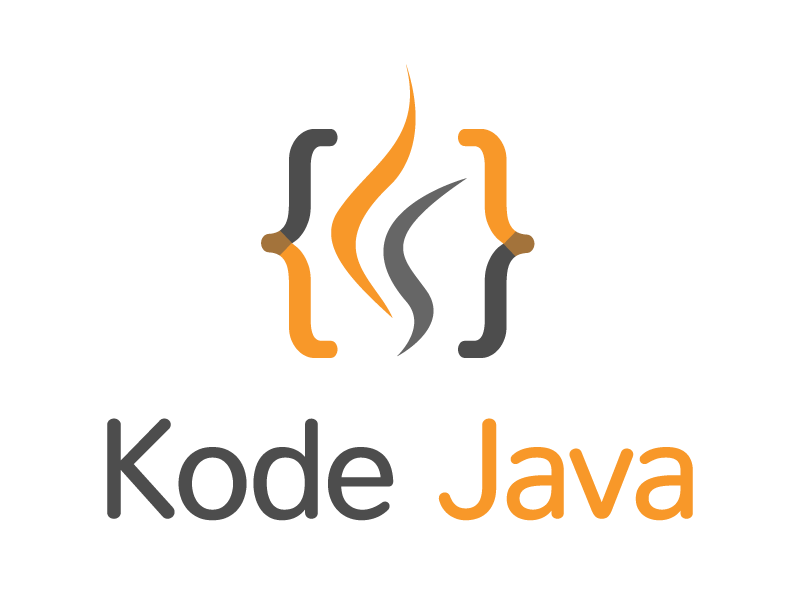Here is an example about how to create a database connection to MS Access database. To allow the database access to be authenticated the security user account can be added from Tools->Security->User and Group Accounts menu in the Microsoft Access 2003.
On the example below we can either connect through the DSN created previously on the Windows system, or we can create it in our program as the long URL below.
The sun.jdbc.odbc.JdbcOdbcDriver driver only available prior to JDK 8, so you can use this if you are on JDK 5, 6, or 7.
package org.kodejava.jdbc;
import java.sql.Connection;
import java.sql.DriverManager;
import java.sql.SQLException;
public class MSAccessConnect {
private static final String USERNAME = "admin";
private static final String PASSWORD = "admin";
private static final String DRIVER = "sun.jdbc.odbc.JdbcOdbcDriver";
// If you want to use you ODBC DSN
//private static final String URL = "jdbc:odbc:TestDB";
private static final String URL =
"jdbc:odbc:Driver={MICROSOFT ACCESS DRIVER (*.mdb, *.accdb)};" +
"DBQ=F:/Wayan/Kodejava/kodejava-example/kodejava-jdbc/src/main/resources/kodejava.mdb;";
public static void main(String[] args) throws Exception {
Class.forName(DRIVER);
try (Connection connection = DriverManager.getConnection(URL, USERNAME, PASSWORD)) {
// Do something with the connection here!
System.out.println("connection = " + connection);
} catch (SQLException e) {
e.printStackTrace();
}
}
}
The connection object printed from the code above:
connection = sun.jdbc.odbc.JdbcOdbcConnection@4ec4f498
